In the heart of the Peruvian Amazon, where the rainforest canopy forms a living ceiling 40 meters above the forest floor, an extraordinary accommodation concept has taken root. The Canopy Tree Houses of Tambopata offer not just a place to sleep, but a complete immersion into one of Earth’s most biodiverse ecosystems—from a perspective few humans ever experience.
The Journey: Deeper Than Distance
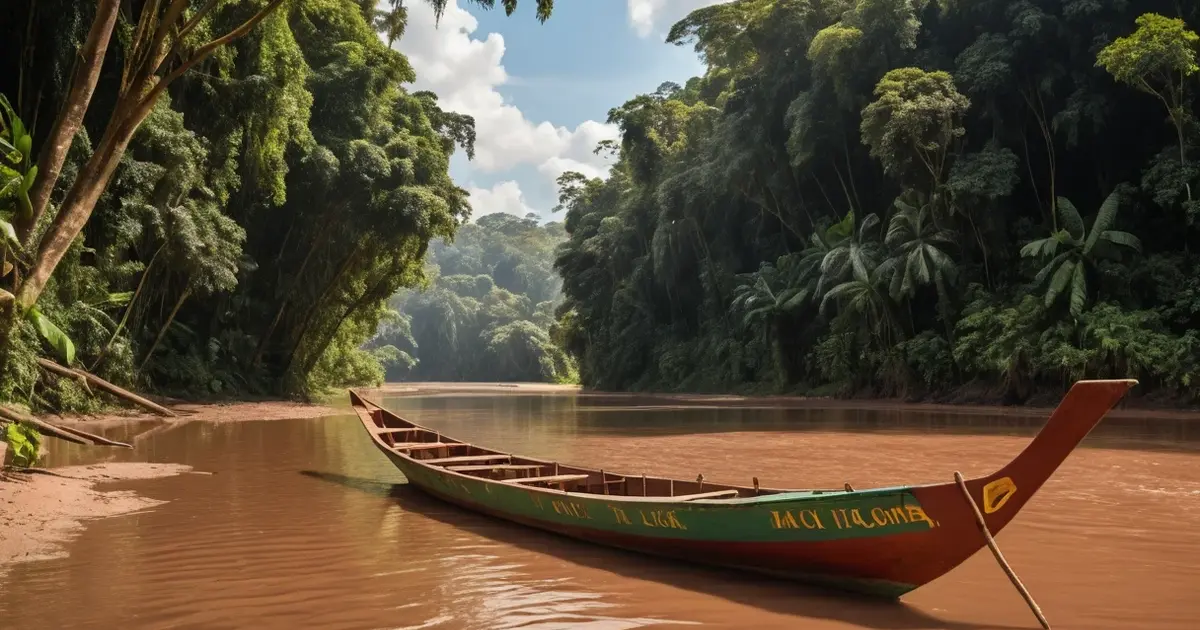
The adventure begins in Puerto Maldonado, a frontier town on the edge of Peru’s Madre de Dios region. From here, a wooden boat carries visitors along the chocolate-colored Tambopata River, deeper into the rainforest. The journey itself becomes a transition—a gradual disconnection from the modern world and an introduction to rainforest rhythms.
Three hours downriver, after passing riverbanks where capybaras lounge and macaws gather at clay licks, we dock at a small, unmarked clearing. There are no roads here, no signs of development beyond a narrow trail disappearing into dense vegetation.
“From here, we walk,” explains Luis, my guide and a local botanist. “The tree houses cannot be seen from the river or even from the ground directly below them. They exist in harmony with the forest.”
The 30-minute hike through primary rainforest serves as both orientation and initiation. Luis points out medicinal plants, explains complex symbiotic relationships, and identifies calls echoing through the understory. This knowledge becomes essential context for the experience ahead.
The Ascent: Climbing Into Another World
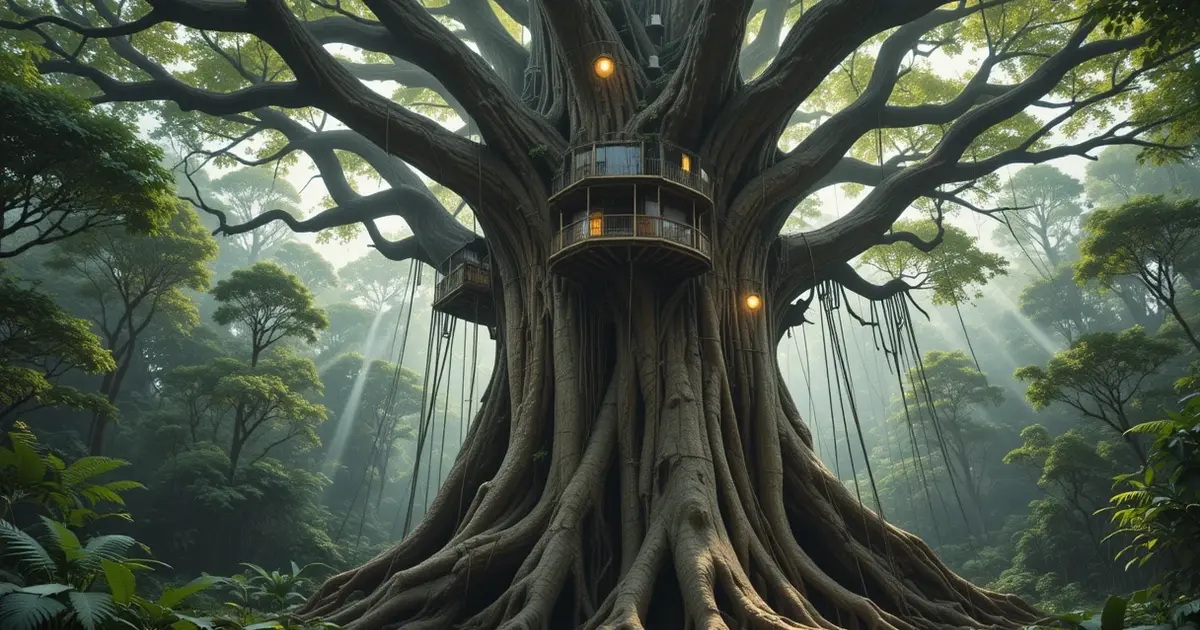
We arrive at the base of a massive kapok tree, its buttress roots creating natural alcoves large enough to stand in. Looking up, I can barely make out a wooden structure blending with the branches far above.
“This tree is over 400 years old,” Luis tells me. “It has witnessed the entire colonial history of Peru while standing right here.”
The ascent system combines traditional climbing techniques with modern safety equipment. A harness system allows guests to climb at their own pace, with guides ensuring safety. The physical effort of the climb—about 15 minutes of vertical movement—creates a meaningful transition between ground-dwelling human life and the arboreal world above.
Emerging onto the platform 35 meters up, I’m struck by an entirely different perspective. What looked like a solid green canopy from the ground or air is revealed as a complex, three-dimensional world with its own geography, weather patterns, and communities of life.
The Architecture: Invisible Innovation
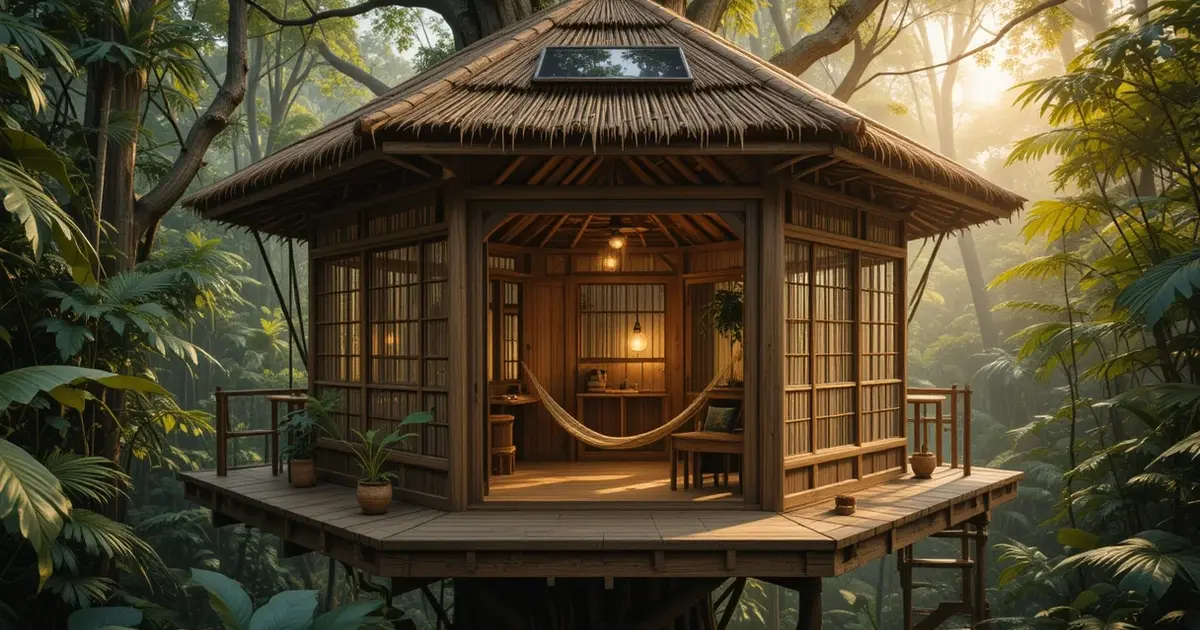
The tree house itself is a marvel of sustainable design. Built entirely from fallen timber collected from the forest floor and constructed without a single nail driven into the living tree, the structure seems to float among the branches.
“We used traditional techniques adapted from indigenous communities,” explains Carlos, the architect who designed these unique dwellings. “The main platform is suspended using a tension system that distributes weight evenly, allowing the tree to continue growing naturally.”
My accommodation consists of a hexagonal platform about 25 square meters in size, with a small enclosed sleeping area and a covered but open-sided living space. Walls of finely woven palm create privacy while allowing air circulation. The roof, made from tightly overlapped palm fronds, keeps out even the heaviest rainforest downpours.
Solar-powered LED lights provide gentle illumination after dark, though most guests prefer to use minimal artificial light to better experience the forest’s natural rhythms. A sophisticated rainwater collection system provides water for the simple bathroom—a composting toilet and gravity-fed shower that releases gray water through a natural filtration system before returning it to the forest.
The Neighbors: Life in the Canopy
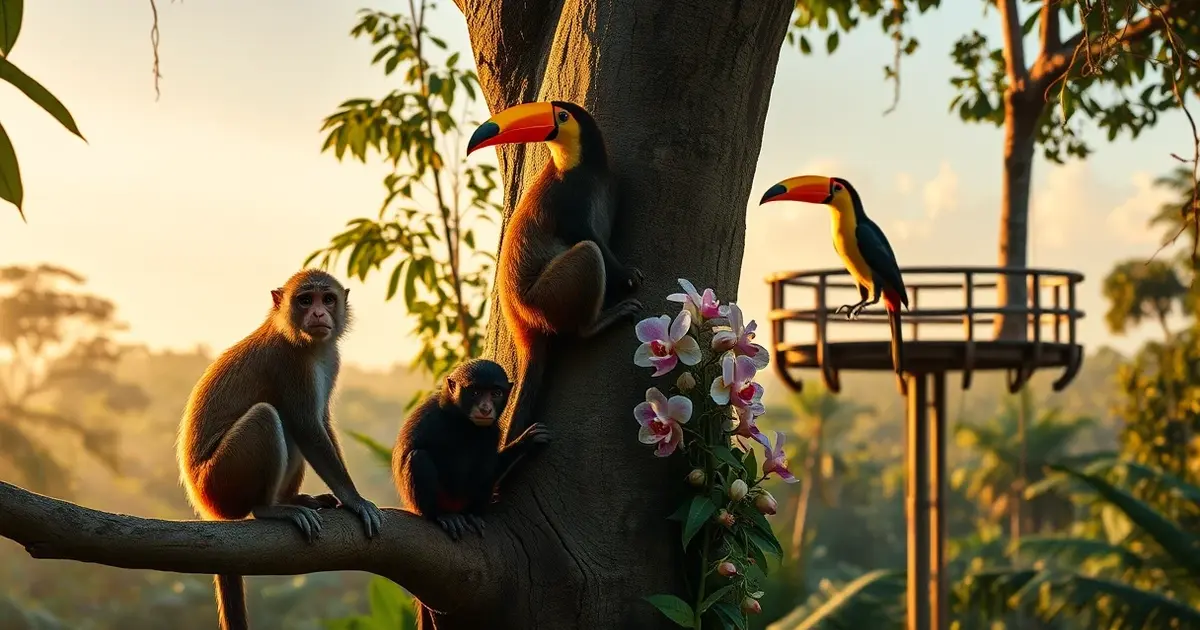
As afternoon transitions to evening, the canopy comes alive. From my suspended perch, I witness wildlife behaviors rarely seen by ground-dwelling humans. A family of squirrel monkeys moves through adjacent trees, youngsters playing what appears to be their version of tag. Brilliant toucans settle in nearby branches, their oversized bills somehow perfectly balanced as they groom and prepare for night.
“The canopy contains about 70% of the rainforest’s biodiversity,” Luis explains during our sunset observation session. “Most scientific research focused on the forest floor until relatively recently. We’re still discovering new species up here.”
A pair of scarlet macaws flies directly past the platform, so close I can hear the sound of their wings cutting through air. They land on a neighboring tree and begin methodically stripping bark with their powerful beaks.
“They’re preparing a nesting site,” whispers Luis. “They mate for life and return to the same nesting areas year after year.”
The Night Symphony: Darkness Transformed
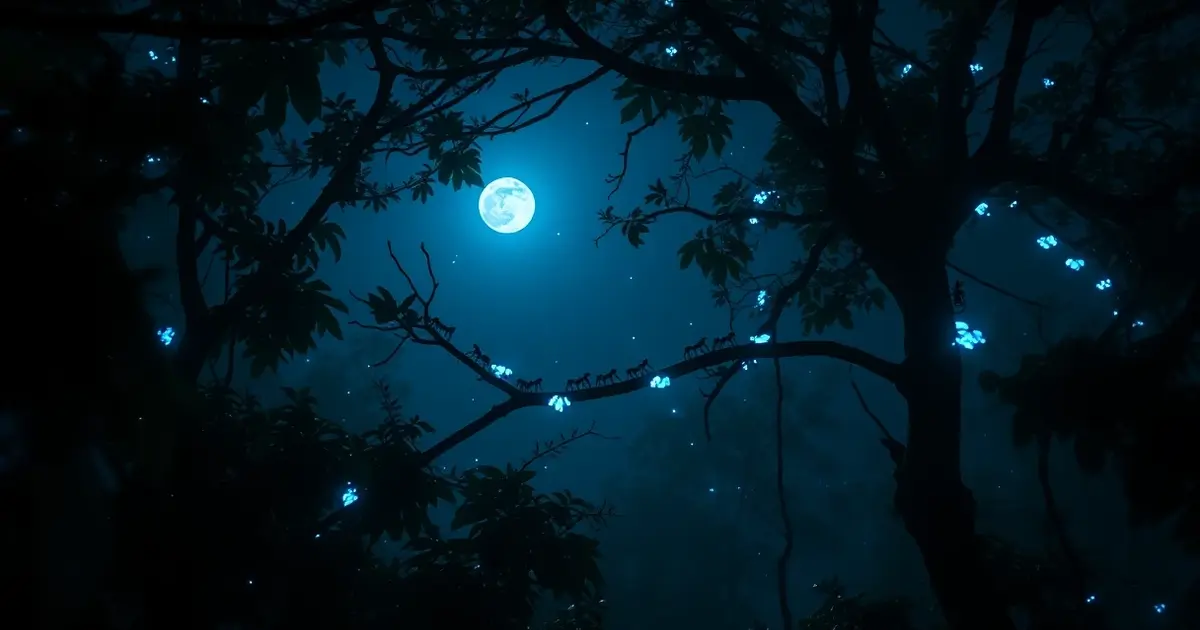
As darkness falls, the forest transforms again. The daytime chorus of birds and monkeys gives way to a different soundscape—the pulsing harmonies of countless insects, the occasional haunting call of night birds, and the subtle movements of nocturnal mammals.
Dinner is served on the platform—local ingredients prepared with traditional techniques. Palm hearts harvested sustainably from the forest, river fish wrapped in bijao leaves, and fruits I’ve never encountered before. Each dish comes with a story of ecological connection.
After dinner, we sit in comfortable silence, headlamps off, allowing our eyes to adjust to the darkness. Gradually, another dimension of the forest reveals itself. Bioluminescent fungi glow with ethereal blue light along some branches. The eyes of nocturnal creatures reflect momentary pinpricks of light in the darkness.
“Look there,” Luis whispers, pointing to what appears to be a moving constellation of stars. A line of leafcutter ants carries tiny fragments of leaves along a branch, each fragment hosting bioluminescent fungi—living lanterns lighting their way through the darkness.
The Dawn Chorus: Awakening Above the World
Sleep comes easily in the gentle embrace of forest sounds, but morning arrives early in the canopy. The first light triggers an orchestrated awakening—first a single bird call, then another joining, until the entire forest vibrates with sound.
I wake to find a curious visitor—a brilliant blue morpho butterfly has landed on my mosquito netting, its iridescent wings pulsing slowly in the morning light. Beyond, the canopy is transformed by golden light filtering through morning mist.
Breakfast arrives in a basket pulleyed up from the ground—fresh fruits, local coffee, and warm bread. I eat while watching the forest come alive, understanding that this perspective—this temporary belonging to the canopy world—is the true luxury of this experience.
The Return: Carrying the Canopy Within
The descent returns me to the ground world changed. What once looked like an undifferentiated green ceiling now registers as a complex, living community that I’ve briefly inhabited.
As we hike back toward the river, I find myself looking up constantly, aware of the parallel world continuing above. The forest has become three-dimensional in my perception, populated with specific beings and relationships I’ve witnessed firsthand.
This is the gift of alternative accommodations at their best—not just a novel place to sleep, but a complete shift in perspective that remains long after the journey ends. The Canopy Tree Houses offer more than a unique overnight stay; they provide temporary citizenship in another realm of life on our shared planet.
For a different treehouse experience in a European setting, discover the Dordogne Ecolodge in France, where sustainable luxury meets ancient forest in a similar celebration of elevated living.
Address Book:
- Tambopata Canopy Tree Houses: Accessible via Puerto Maldonado, Peru. Advance reservations required.
- Recommended Season: May-October for optimal weather conditions and wildlife viewing.
